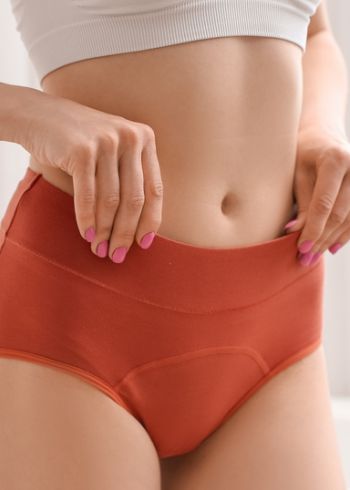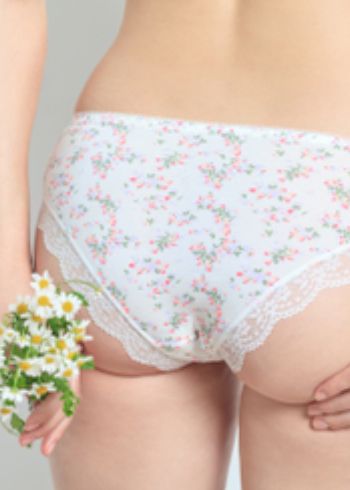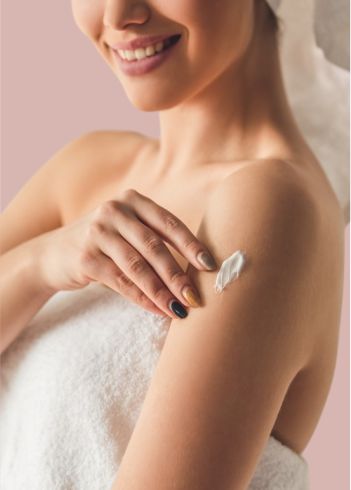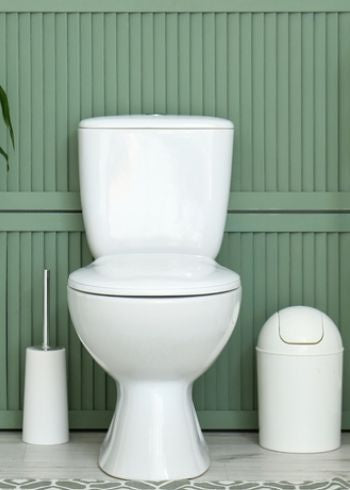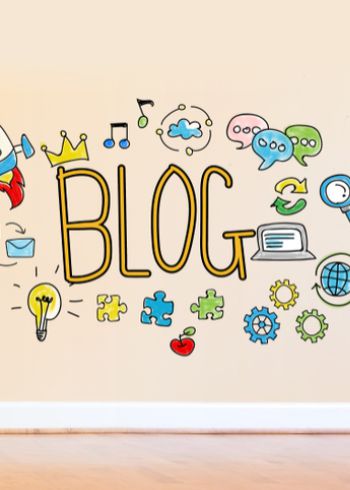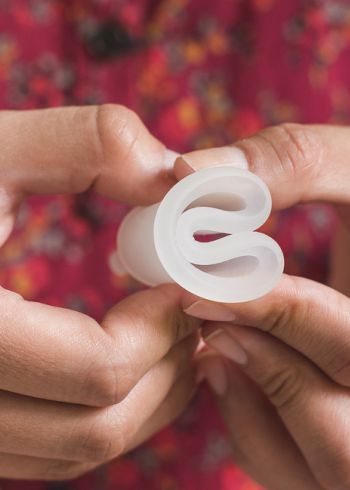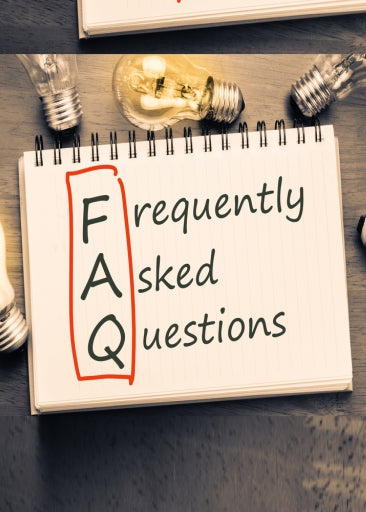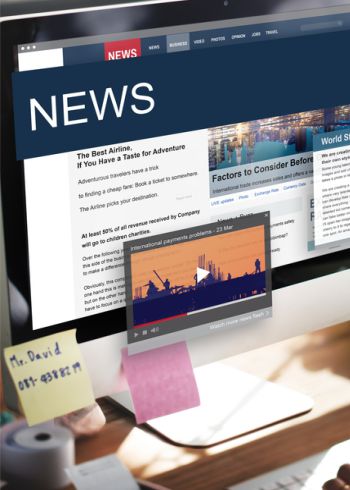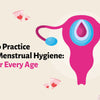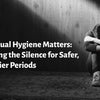PMS and Exercise: Friend or Foe? The Truth Revealed!

PMS and Exercise: Friend or Foe? The Truth Revealed!
Premenstrual Syndrome is a bitter-sweat reality for millions of women across the world. Did you know that over 75% of women experience PMS symptoms like mood swings, fatigue, and bloating? Be it mood swings, bloating, fatigue, or mild to severe cramps, PMS can range from mild discomfort to some serious pain and discomfort. While some women swear by giving their body a much-needed rest and relaxation during this phase, while others find relief in exercising and stretching their body. But is exercise a good option to do during your PMS? Let’s delve in this blog post to explore how different types of exercise create impact on PMS symptoms, and whether you should continue with exercise or not.
Understanding PMS: Why Does It Happen?
PMS occurs due to hormonal fluctuations in the menstrual cycle. In the luteal phase (the two weeks leading up to menstruation), estrogen and progesterone levels fluctuate, affecting neurotransmitters like serotonin and dopamine. This sudden imbalance in the hormone levels can cause various symptoms, such as:
• Physical Symptoms: The most common physical symptoms that occur during PMS are bloating, fatigue, breast tenderness, headaches, joint or muscle pain.
• Emotional Symptoms: Some women may also experience varied emotional symptoms like mood swings, irritability, anxiety, depression, difficulty concentrating during PMS.
• Behavioural Symptoms: Some women may also experience changes in sleep patterns, food cravings, social withdrawal, etc. during PMS.
While every woman around us may experience PMS differently, the discomfort is undeniable, of course. But the question remains the same that: Can exercise help alleviate these symptoms, or does it make them worse?
How Exercise Affects PMS Symptoms?
Contradictory to many women’s opinion who prefer resting during PMS, exercise does a play huge role in regulating hormones, boosting mood, and improving overall health. Here’s how it can impact specific PMS symptoms:

• Reduces Cramps and Pain: Involving in light to moderate exercise can stimulate blood circulation, which in turn helps in easing the cramps and lower abdominal pain.
• Uplift Mood and Reduce Stress: Doing some physical activity or movements instantly stimulate the production of endorphins, which helps to uplift the mood naturally and is a great stress buster.
• Combats Fatigue: You might experience exhaustion because of PMS, devoting some time to exercise can help improve energy levels and improve oxygen supply to the tissues.
• Reduces Bloating: Light to moderate movements helps in regulating digestion and reduce water retention, this eases frequent bloating.
• Improves Sleep Pattern: Regular exercising promotes better sleep, which may be often disrupted due to the discomfort of PMS.
Which exercises are best for PMS relief?
Here are some mild exercises that can help you deal with PMS:
- Yoga: Yoga is one of the best forms of exercise, especially for women dealing with PMS. It not just relaxes the tension between the muscles but also calms the mind. Practicing yoga can help stretch the lower abdomen, ease cramps, and reduce stress.

Best Yoga Poses for PMS:
• Child’s Pose (Balasana): Relieves lower back pain and calms the nervous system.
• Cat-Cow (Marjaryasana-Bitilasana): It helps improve blood flow and eases muscle tension.
• Reclining Twist: It helps relieve bloating and digestive discomfort.
• Legs Up the Wall (Viparita Karani): It helps to enhance the blood circulation and reduces swelling.
2. Walking or Light Cardio: If high-intensity workout or cardio or going to gym might feel to exhausting for you during PMS then you can opt for a 30-minute brisk walk session or do light cardio. These exercises help improve blood circulation, combat fatigue, and enhance mood without overexertion.
3. Pilates: Pilates focuses on core strength, flexibility, and controlled breathing, making it an excellent choice for those experiencing PMS-related back pain and bloating.
4. Swimming: Swimming can help you relax the muscle tension, reduce bloating, and can provide full body workout.
5. Stretching and Deep Breathing: If walking or cardio may seem difficult for you, then you can always do mild stretches and practice deep breathing which may work wonders in calming the nervous system and easing discomfort.
Exercises to avoid during PMS:
While moderate exercise is beneficial, excessive or high-intensity workouts may worsen PMS symptoms. Avoid:
• High-Intensity Interval Training (HIIT): HIIT might increase cortisol levels (stress hormone), leading to fatigue and elevate the PMS symptoms.
• Heavy Weightlifting: It may cause excessive strain on muscles and worsen muscle tension.
• Excessive Running: While moderate jogging is beneficial, long-distance running might lead to exhaustion and dehydration.
• Intensive Aerobics: Overexertion may aggravate cramps and fatigue, its better to avoid such activities.
Additional Lifestyle Tips to Manage PMS:
Exercise alone may not be enough to give you a complete relief from PMS symptoms, incorporating other lifestyle changes might prove to be effective to manage PMS symptoms.

• Stay Hydrated: It is crucial to stay hydrated throughout the day and especially during PMS as it relieves muscle cramps and bloating.
• Include a Balanced Diet: You must consider inculcating a balanced diet in your routine that must consist of magnesium-rich foods like bananas and nuts, and avoid excessive caffeine, sugar, and processed foods.
• Prioritize Sleep: Aim for 7-9 hours of sound sleep to regulate hormone levels and undisturbed sleep pattern for better results in managing PMS symptoms.
• Practice Mindfulness and Meditation: Mindfulness helps in reducing stress and emotional imbalances. It helps calm the mind.
Final Verdict: Is Exercise Good or Bad for PMS?
Thus, as per the benefits stated above, you must consider exercising during PMS as it might prove beneficial to you as well. It might help in reducing cramps, bloating, fatigue, and helps improve mood, boosts energy, and promote overall well-being. If you feel extremely fatigued or in pain, opt for gentler forms of movement like stretching, yoga, or deep breathing rather than pushing yourself through intense workouts.
By incorporating a few exercises, lifestyle changes you can transform your menstrual cycle from a time of discomfort to one of self-care and rejuvenation. So, the next time PMS hits, lace up your sneakers, roll out your yoga mat, or simply take a deep breath—your body will thank you!
If you struggle dealing with PMS looking for a holistic approach to completely get a relief from it then consider doing mild exercises, yoga, and lifestyle changes that suits your body. Let’s support each other in making periods less of a pain and more of a time for self-care!
Take Care Woman, you got this!
Happy PMSing!
